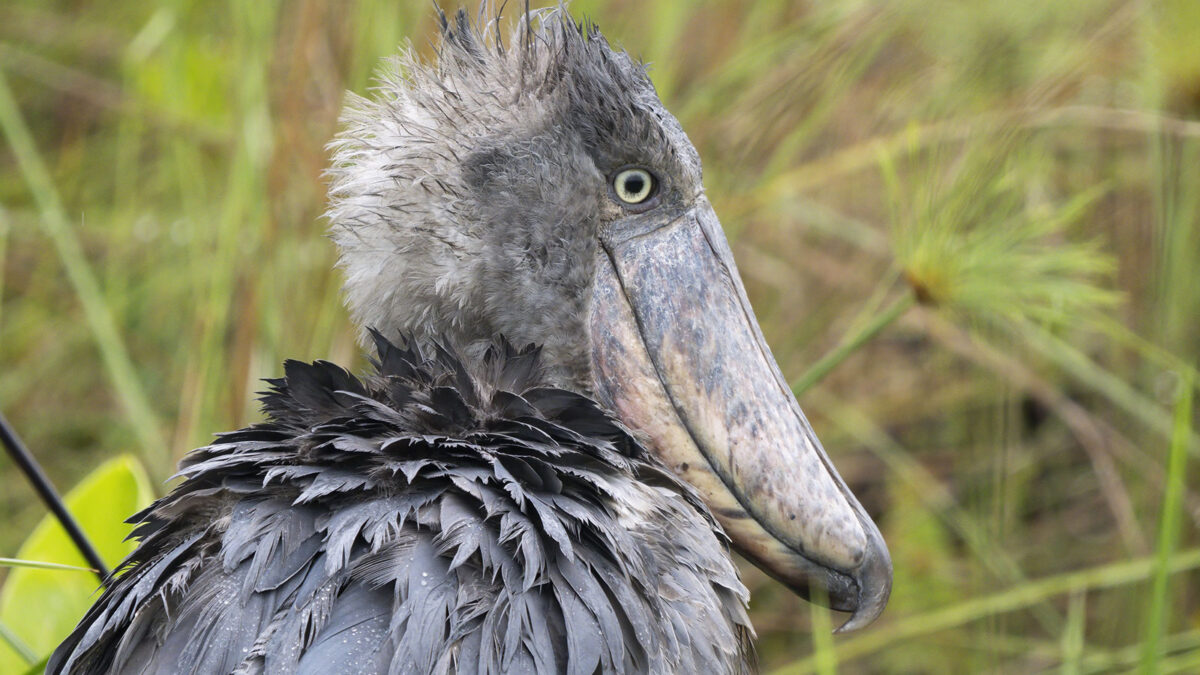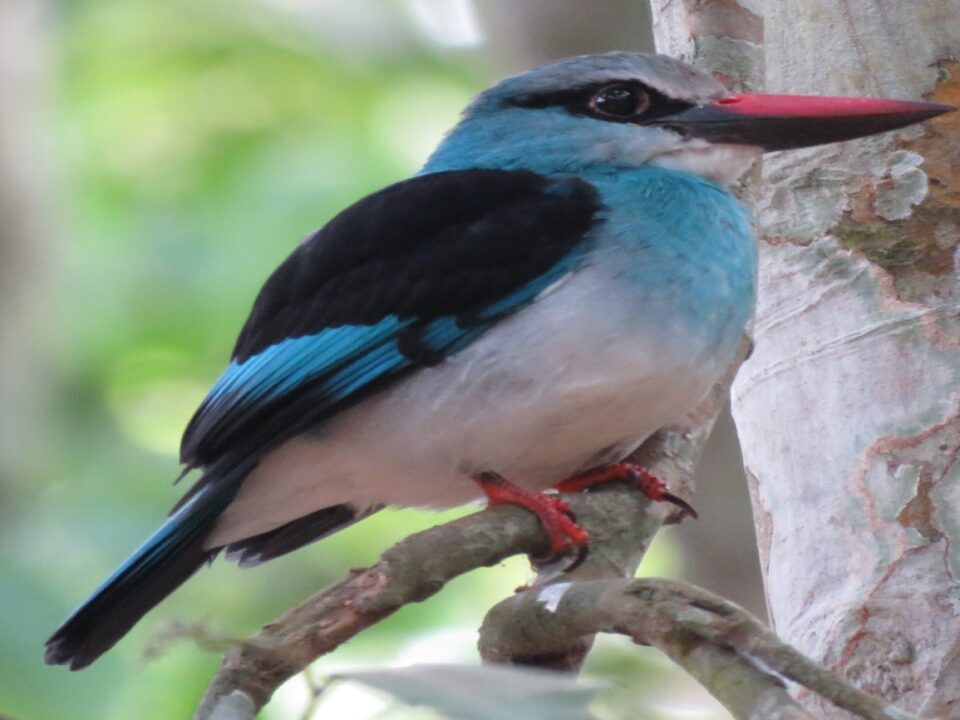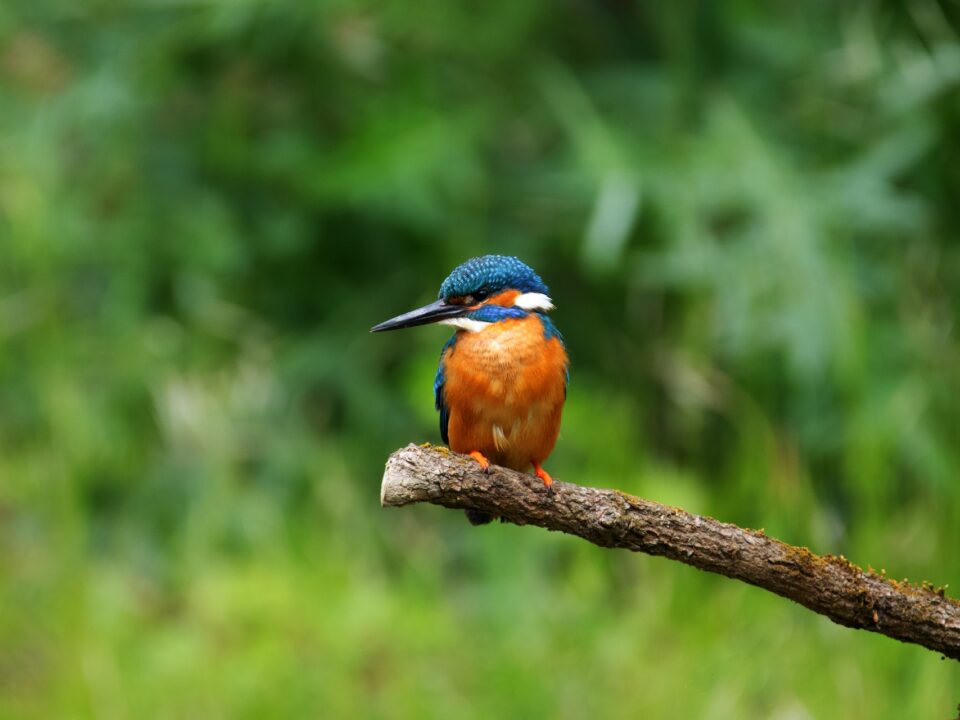ShoeBill Stork in Uganda-Mabamba Swamp

New Rushaga Gorilla Family-Rwigi
August 25, 2023
Gorilla Tours Uganda and Rwanda
August 25, 2023Encountering the Enigmatic Shoebill Stork in Uganda
In the realm of Uganda safaris and wildlife, the spotlight often shines on the iconic Mountain Gorillas and charismatic Chimpanzees. Amidst these renowned treasures, a captivating avian wonder emerges – the elusive Shoebill Stork. A mesmerizing bird species boasting prehistoric aesthetics, the Shoebill Stork stands tall at heights of up to 150 centimeters (5 feet) and bears a weight of up to 14 pounds. It’s a true marvel that graces the landscapes of the “Pearl of Africa,” Uganda.
The annals of history reveal that the Arabs affectionately dubbed this majestic creature “Abu Maruk,” which translates to “father of the shoe.” Indeed, the Shoebill Stork’s unique bill might invoke comparisons to a flying shoe.
The Life and Ways of the Shoebill Stork in Uganda
A remarkable inhabitant of Uganda, the Shoebill Stork boasts an impressive lifespan of nearly 50 years. Solitary by nature, these storks embark on monogamous relationships during their mating season, which unfolds between April and June. Their nest-building endeavors are grounded affairs, quite literally, as they craft their nests on the ground. Typically, two eggs are laid, and both parents collaborate in incubation duties for a month until the chicks emerge. Subsequently, the parents invest several months in nurturing the fledglings before they embark on their own hunting quests.
Survival Strategies of the Shoebill Stork
In the watery realms of Ugandan swamps, the Shoebill Stork is a consummate expert. Its diet centers around lungfish, supplemented by frogs, puddle fish, and, astonishingly, even baby crocodiles and water snakes – all thanks to the sharp-edged design of its formidable bill. Displaying a nocturnal inclination, these storks do not possess webbed feet, endowing them with a stealthy prowess as they stalk their lungfish prey.
In flight, their wingspan unfolds majestically, while their heads and necks remain retracted. While their terrestrial movements might appear sluggish, their aerial dance exudes grace and vigor. When zeroing in on prey, they deftly retract their wings, demonstrating their calculated power.
Guarding the Future of the Shoebill Stork
Today, the number of Shoebill Storks in Uganda stands at approximately 1000, with their primary threat stemming from developmental encroachment. Occasionally hunted by fishermen who view them as harbingers of ill fate before venturing onto the lake, the preservation of this species could find a stalwart ally in tourism, akin to the approaches taken for Mountain Gorillas and Chimpanzees.
Uganda, a Sanctuary for Avian Enthusiasts
As a haven for birdwatching, Uganda claims a staggering array of bird species – a remarkable 1,045 in number. Revered as a birding wonderland, the “Pearl of Africa” offers an unparalleled opportunity to encounter the enigmatic ancient presence of the Shoebill Stork. Amidst this aviary symphony, no other corner of Africa rivals the diversity of bird species that Uganda unveils, including the enigmatic Shoebill Stork.




